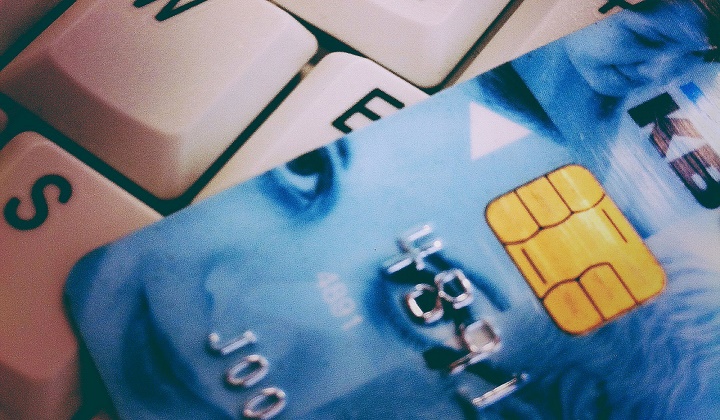Call Center Compliance Traps – How To Avoid It?
Jack wanted to purchase a computer accessory. He browsed through the internet and found a website that claimed itself to be just one call away. The very first impression of the company website also looked promising.

Image Credit: EP Technology via Flickr
Here is the scenario:
Jack dialled the given number on the website.
The agent, who received the call, after some queries about the product, convinced Jack for the purchase and asked for his credit card details. Jack gave the details immediately.
The agent dealing with Jack worked for a call center outsourced by the company and Jack was just an another customer. Both of them were unaware that the company will be keeping the credit card details. And yes Jack never checked the company’s credentials.
This case is known as call center compliance trap. Let us look at the ways how it can be avoided.
Check If Sensitive Information Is Being Recorded
Most of the call centers record the calls for training purposes, as they claim it. Such recordings are done involuntarily and without the customer’s consent. Some other companies claim they record it to understand more about their customers, behaviour and preferences. Losing sensitive information to unwanted hands is always likely.
To avoid such scenario, this call recording can be kept customised while the sensitive payment info is being given by the customer. The agent should be given a key to stop this recording, so he could do it manually when the customer is giving out the payment details. This would assure a customer that his information would not be misused and will make the transaction process safer.
Check If They Store Your Inputs
Sometimes during a transaction process, customers are asked to input their credit card details. This is done to make further transactions easier. Another reason for storing the data is based on the transaction history of the customer, several offers are sent to incite them for a purchase or product recall.
The Payment Card Industry Data Security Standard (PCI DSS) has set many regulations to keep the transaction process trustworthy. Many control objectives are already there under these standards such as network security using best encryption methods to keep the data, having a robust anti-virus for the computer system that is updated regularly. Reliability is a factor that cannot be ignored when money is involved. These steps help to make call centers more compliant.
Check If Somebody Is Eavesdropping
In the inbound calls, the customers are made aware of the call being recorded for the training purposes. But when the calls are outbound, the customers are not given any information regarding the recording. And during the call in process, the supervisors eavesdrop to listen in and suggest the agent to say something according to the customer’s orientation. The customer remains unaware of it.
The customers should be made aware of the recording for the outbound calls too. Vigilance is necessary to maintain the compliance in a call center. Eavesdropping should be avoided and stricter rules should be made to avoid non-compliance. All the calls should be monitored for the customer’s assurance of the security.
Don’t Let It Trap You
Although despite all these, human errors cannot be avoided, that would occur at times. But with the help of given points, compliance traps can definitely be avoided. With the emergence of e-commerce, a number of customers are using online interface for payment. Monetary transaction is happening all over the world through agents. This is the time to think ahead and leave compliance trap behind.
Latest posts by Vipul Srivastav (see all)
- Why is the Contact Center as a Service (CCaaS) a Business-Oriented Model? - March 2, 2020
- How Your Support Team Can Benefit From Quality Assurance - February 26, 2020
- 5 Things Every Entrepreneur Needs to Know About International Toll Free Numbers - February 24, 2020








Very nice post. I simply stumbled upon your weblog and wanted to say that I’ve truly enjoyed surfing around your weblog posts.
After all I’ll be subscribing for your rss feed
and I’m hoping you write once more soon!